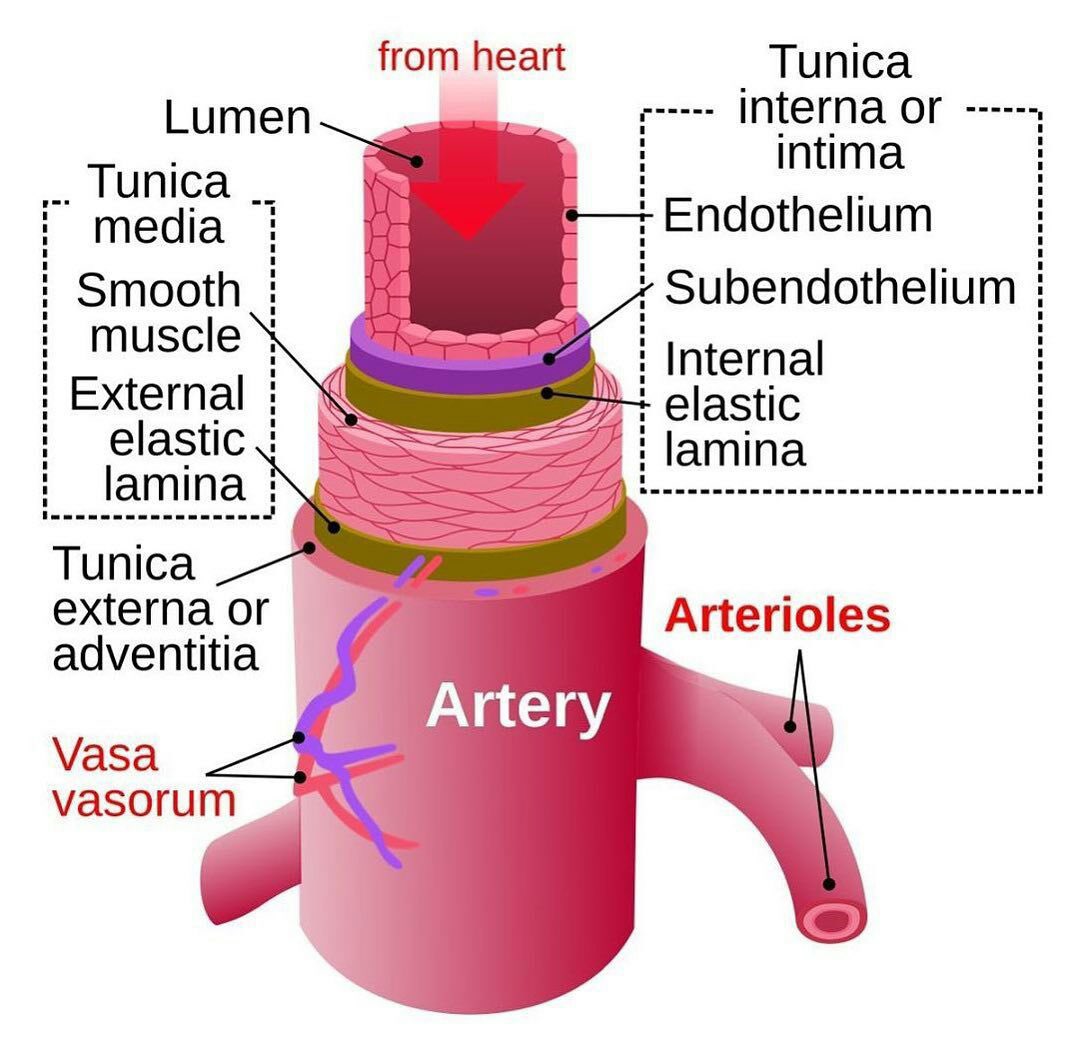
Healthy Lung vs. Lung with Chronic Obstructive Pulmonary Disease (COPD)
h/t @PatologCritica
#4KMedEd #meded #foamed #medtwitter #MedEd #MedTwitter #Pulmtwitter #lung #COPD #INNOMed
h/t @PatologCritica
#4KMedEd #meded #foamed #medtwitter #MedEd #MedTwitter #Pulmtwitter #lung #COPD #INNOMed
Bench to bedside series: Lung COPD part 1/3
Respiratory histology (via @drawittoknowit)
Health & COPD Lung @TheLancet
#4KMedEd #meded #foamed #medtwitter #MedEd #MedTwitter #Pulmtwitter #scRNAseq #Bioinformatics

Respiratory histology (via @drawittoknowit)
Health & COPD Lung @TheLancet
#4KMedEd #meded #foamed #medtwitter #MedEd #MedTwitter #Pulmtwitter #scRNAseq #Bioinformatics


Bench to bedside series: Lung COPD part 2/3
2. #Pathophysiology of #COPD via @EricWong_MD
#4KMedEd #meded #foamed #medtwitter #MedEd #MedTwitter #Pulmtwitter #scRNAseq #Bioinformatics
2. #Pathophysiology of #COPD via @EricWong_MD
#4KMedEd #meded #foamed #medtwitter #MedEd #MedTwitter #Pulmtwitter #scRNAseq #Bioinformatics

Bench to bedside series: Lung COPD part 3/3
#scRNAseq paper: Human distal airways contain a multipotent secretory cell that can regenerate alveoli
1. RASCs (new cell-type) + #stemcell properties in distal airways 2. faulty RASC-to-AT2 transformation in COPD
#Bioinformatics #meded
#scRNAseq paper: Human distal airways contain a multipotent secretory cell that can regenerate alveoli
1. RASCs (new cell-type) + #stemcell properties in distal airways 2. faulty RASC-to-AT2 transformation in COPD
#Bioinformatics #meded

• • •
Missing some Tweet in this thread? You can try to
force a refresh

















